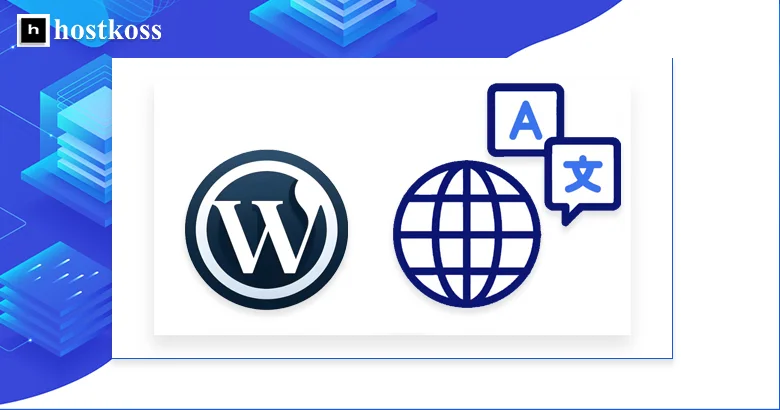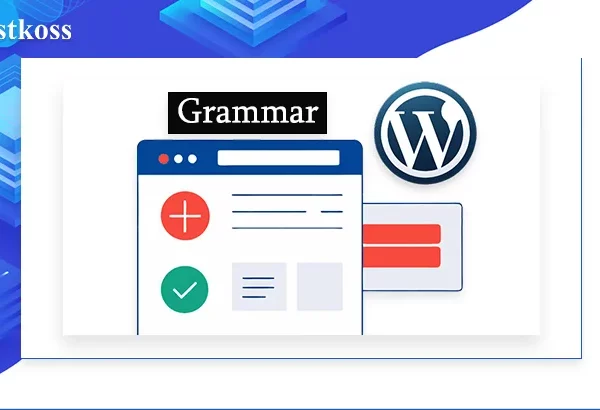Creating a multilingual WordPress site is a great way to attract an audience from different countries and increase your brand’s global awareness. To realize this idea, you need to properly configure plugins that will allow you to add multiple languages to your site.
In this article, we will take a closer look at how to choose and configure plugins for creating a multilingual WordPress site, as well as what you should pay attention to to ensure that content is displayed correctly for users from different language groups.
1. Basics of creating a multilingual website on WordPress
A multilingual website is a web resource that allows users to view its content in several languages. It is an important tool for businesses that want to attract customers from different countries.
However, before you start creating a multilingual website, you should conduct an analysis. Find out which markets you plan to cover and whether it is worth implementing different languages.
Increasing the number of languages not only increases audience engagement, but also adds work. You will need resources to translate content, update and support different versions of the site.
2. Choosing the right plugin for multilingualism

Choosing the right multilingual plugin is crucial for the successful creation of a multilingual WordPress site. Among the most popular plugins are WPML, Polylang, and ConveyThis.
WPML offers a wide range of features and integrations, but it can be a bit complicated for beginners and is quite expensive. ConveyThis specializes in automatic translation, which is convenient but less flexible for those who want more control over their content.
Polylang is the best choice for those looking for a balance between price and features. Not only is it cheaper, but it also offers easy language customization and works well with SEO, which allows you to improve your site’s visibility in search engines.
3. Steps to set up a multilingual website
Setting up a multilingual website with the Polylang plugin. A step-by-step guide that will help you set up multilingualism on your WordPress site quickly and effortlessly:
1. Installing the Polylang plugin
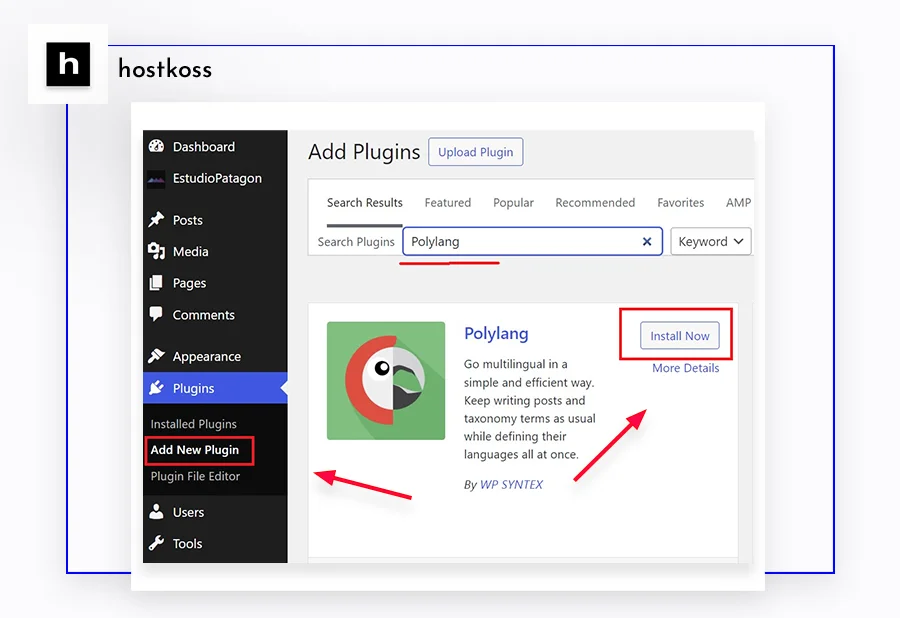
Go to the Plugins section in the WordPress admin panel and click Add New. In the search bar, enter “Polylang”, install the plugin, and activate it.
2. Adding languages
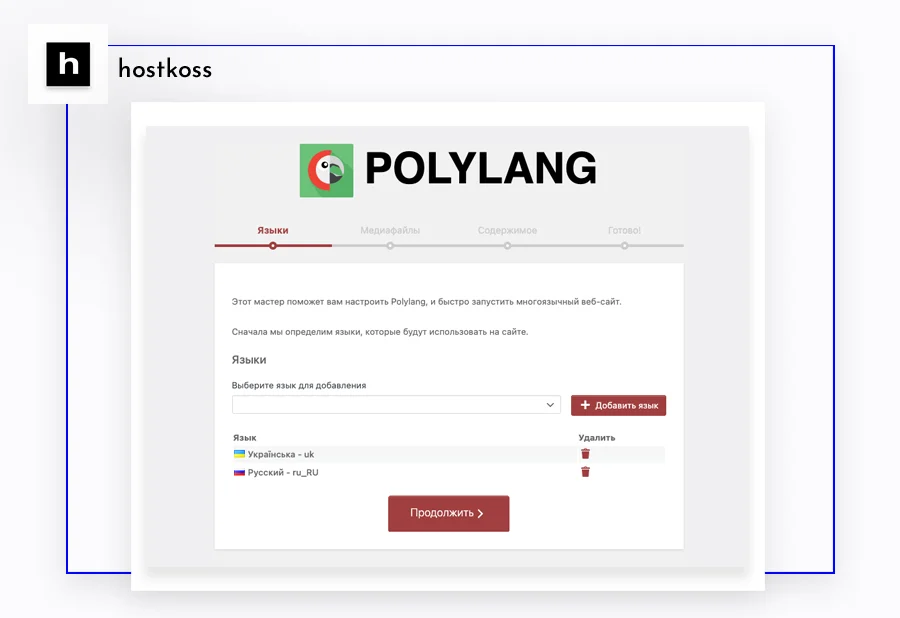
After activation, go to the Polylang menu. Click on the Languages tab and add the languages you want to use on your website. Polylang supports many languages, making it ideal for global projects.
3.Setting the language switcher
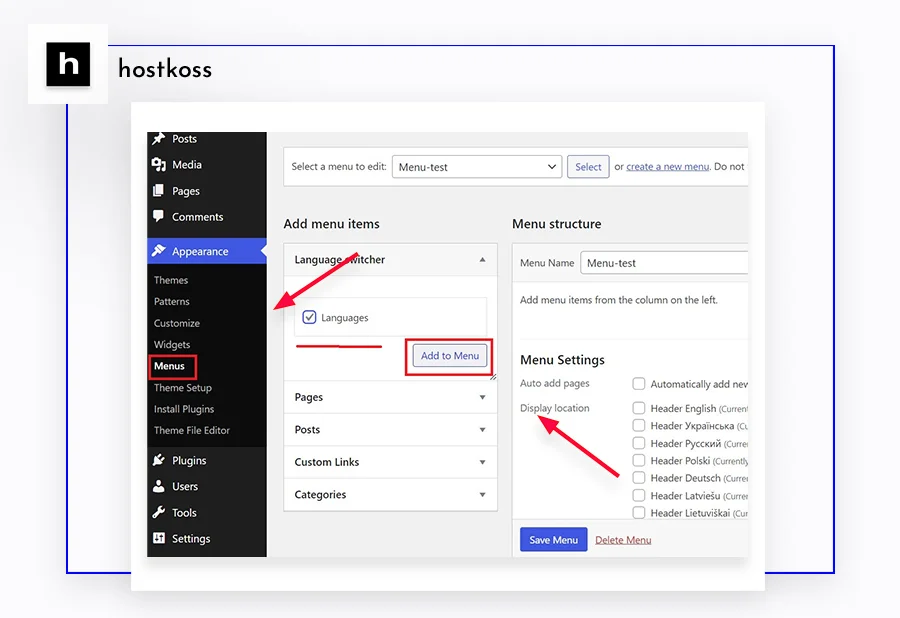
To make it easy for users to change the language of your site, add a language switcher to your site’s menu or widget. You can do this in the Appearance section – Menus or Widgets, selecting the Polylang Language Switcher widget.
4. Translate pages and posts
When languages are added, you will be able to translate your pages and posts. For each entry, you will see an option to add a version in another language. Just create a translation and save it.
5. Setting up SEO for a multilingual website
Polylang integrates well with SEO plugins, which allows you to properly optimize each language version of your website for search engines. Make sure all meta descriptions and tags are translated as well.
After following these steps, your multilingual website will be ready to use.
4. SEO optimization for multilingual content
SEO optimization for multilingual content is an important step in making your website visible in search engines for users of different languages. If Google indexes your multilingual website correctly, it will increase its chances of ranking high in search results.
First of all, you need to install the Yoast SEO plugin. It is one of the most popular WordPress website optimization tools that allows you to easily manage meta descriptions, tags, and titles for each language version of your content.
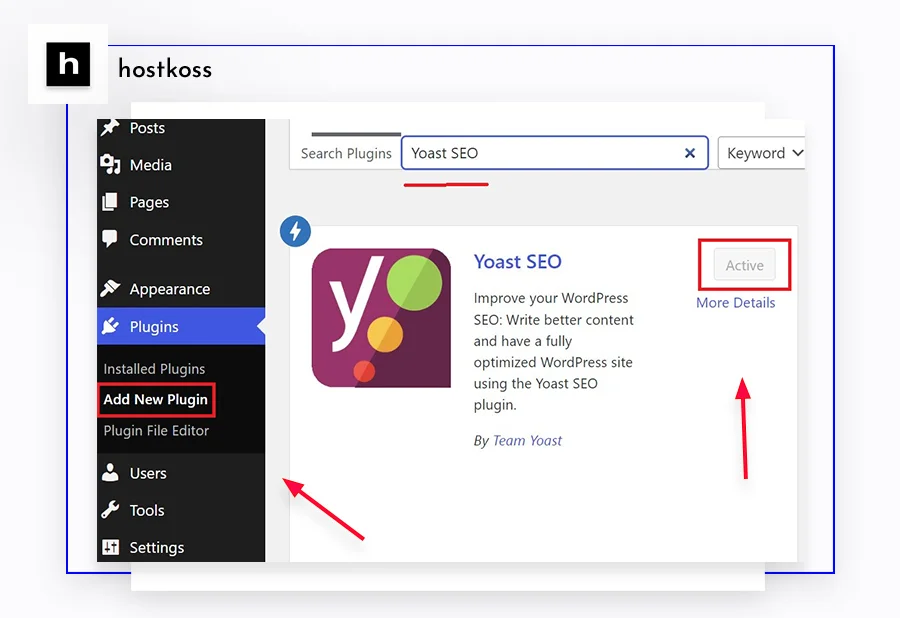
Here are some key steps to properly SEO-optimize a multilingual website:
- Set up separate URLs for each language
Using the Polylang plugin, each language version of your website should have a unique URL structure (for example, /en/ for the English version, /ua/ for the Ukrainian version). This will make it easier for search engines to index your pages. - Adding hreflang tags
These tags help Google understand which version of the page to display for users in a particular country or language group. Yoast SEO automatically generates hreflang tags for all your translated pages, which is a great advantage. - Optimize meta tags for each language
Ensure that the titles, meta descriptions, and keywords in each language version of the page are relevant to the language queries. Yoast SEO makes it easy to customize these settings for each language version of your content. - The importance of content localization
Translating the text itself is not enough. To achieve the best results in search engines, it is important to localize your content to match the cultural and linguistic characteristics of your audience.
Thus, installing and configuring Yoast SEO will help your multilingual website achieve better search engine results, regardless of the language in which your users are looking for information.
5. Creating content for different languages
If you are using the Polylang Pro plugin, you have a great opportunity to automatically translate texts by integrating with DeepL. This makes your work much easier, as this service offers accurate translations that take into account context and style.
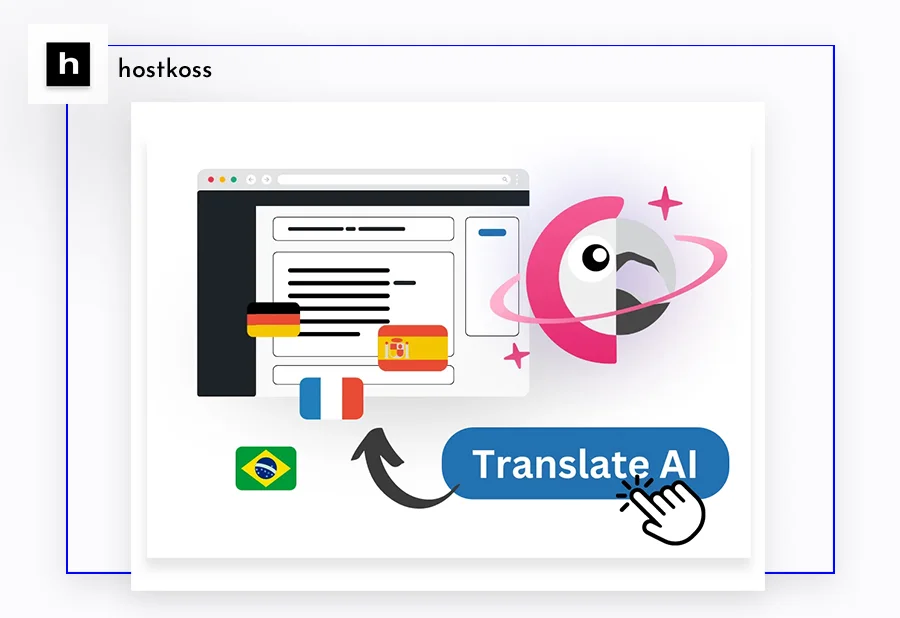
Here are some recommendations for writing and translating content into different languages:
- Create clear basic content
Before you start translating, make sure the source text is clear, concise, and understandable. This will simplify the translation process and help to preserve the meaning across languages. - Use automatic translation as a basis
DeepL in Polylang Pro provides fast and high-quality automatic translation, but it’s best not to rely on it completely. Check and edit the text to make it sound natural to native speakers and take into account cultural nuances. - Localization of content
When translating, don’t just replace words. It is important to adapt the content to local traditions, habits, and language features so that users feel that this content was created specifically for them. - Avoid excessive formality
In some cases, automatic translation can be too formal. Try to simplify phrases and make the text more friendly and accessible to make it better received by different audiences. - Verification and testing
Once the translation is complete, be sure to check all versions of the text. This will help to identify any inaccuracies or stylistic errors that may have occurred during the automatic translation process.
Thanks to Polylang Pro and DeepL, creating multilingual content becomes much easier and faster, but you should always remember that the final result depends on human review and adaptation.
6. Testing a multilingual website on WordPress
First, check the basic functionality. Click on the language switcher and see if the content of the pages changes. Pay attention not only to the text, but also to images, videos, and other elements. They should also match the selected language.
Walk around the site as if you were a regular visitor. Is it clear how to change the language? Is it convenient to do this on a mobile device? Make sure that the switcher does not block important information.
Pay attention to the URLs. If you change the language, they should change too. For example, “/about-us” can become “/about-us”. Click on the different links in the menu – they should lead to pages in the appropriate language.
Check how the search works. Try searching in different languages. The results should match the language of the query.
If you have feedback or comment forms, test them in different languages. Make sure that error messages are translated as well.
Don’t forget about SEO. Look into the code of the pages and check the meta tags. They should also change depending on the language.
Try adding new content in different languages. Is it convenient to do so? Is it displayed correctly on the website?
Check that dates, numbers, and currencies are displayed correctly. They may be spelled differently in different countries.
Test your website in different browsers and on different devices. Pay special attention to non-standard fonts – are they displayed correctly?
Finally, ask someone who is not familiar with the site to test it. A fresh set of eyes often spots things you might have missed.
Remember: thorough testing is the key to a successful multilingual website launch. Take the time to do this, and your visitors will appreciate it.
Read more articles:
- How to fix the error in WordPress “Briefly unavailable for scheduled maintenance. Check back in a minute”.
- How to recover WordPress database: Free methods.
- The best and most popular free CMS platforms in 2024
- The best SEO plugins and tools for WordPress
- The best WordPress backup plugins
7. Problems and solutions when creating a multilingual website
Creating a multilingual website is not an easy task. Here are some pitfalls that developers often face and tips on how to avoid them:
- The first problem is an incomplete translation. People often translate the main pages and forget about the little things. The solution is simple: make a detailed list of everything that needs to be translated. Don’t neglect buttons, pop-ups, and even the text in the footer.
- Another problem is the loss of formatting during translation. For example, a short English headline in German can stretch over two lines. Tip: use a flexible design that adapts to different text lengths.
- Problems with search engine optimizationoften arise. Google can confuse different language versions and consider them duplicates. To avoid this, set up hreflang tags and alternative URLs correctly.
- Another challenge is translating dynamic content, such as comments or blog posts. Automatic translation with the option of manual editing can help here.
- It happens that a translationplugin conflicts with other plugins or the website theme. The solution is to thoroughly test compatibility before installation or contact the developers for help.
- It is not uncommon tohave difficulty displaying dates and numbers. They are written differently in different countries. Use special PHP functions to localize these elements.
- Sometimes the languageswitcher doesn’t work properly on mobile devices. Make sure it’s easy to tap and doesn’t block important content.
- Another problem is the translation of URLs. If you decide to translate them, be prepared for possible problems with navigation. Thoroughly test all links after translation.
